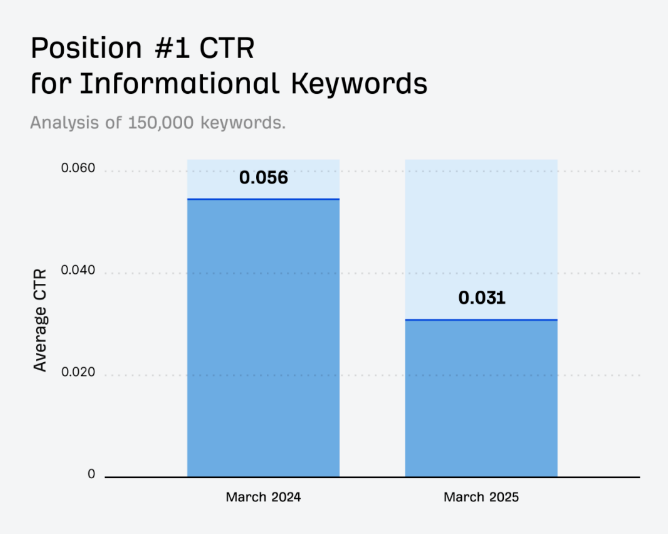Sky-T1 is a powerful open source inference AI model developed by the NovaSky team. Its training process combines the technologies of Alibaba's QwQ-32B-Preview and OpenAI's GPT-4o-mini. This enables Sky-T1 to demonstrate excellent reasoning capabilities in multiple fields, especially in mathematics and program code generation.
Model features:
Powerful reasoning capabilities: Sky-T1 outperforms early preview versions of OpenAI o1 on math competition-level challenges (MATH500) and programming code challenges (LiveCodeBench).
Open source release: Sky-T1 is released in open source form, making it easy for researchers and developers to use and improve.
Efficient training: Using only 8 Nvidia H100 GPU racks, the 32 billion parameter model can be trained in about 19 hours.
Technology integration: Combines the initial training data of Alibaba QwQ-32B-Preview and the data reconstruction technology of OpenAI GPT-4o-mini.
Model performance:
Advantages: Performs well in MATH500 and LiveCodeBench tests.
Disadvantages: The performance on GPQA-Diamond (containing difficult physics, biology and chemistry questions) is not as good as the o1 preview version.
Things to note:
The Sky-T1 excels in certain areas, but may have limitations in others.
OpenAI has released a more powerful o1GA version and plans to launch a more efficient o3 model. The performance advantage of Sky-T1 may be challenged.



